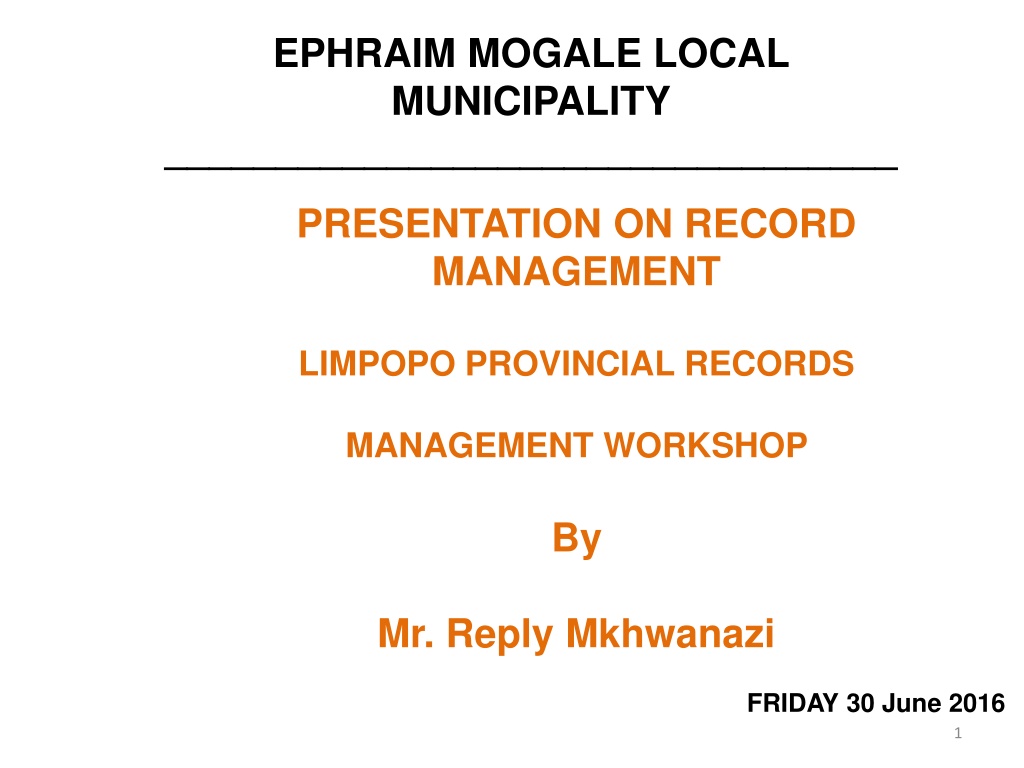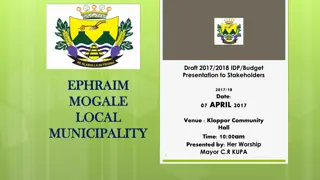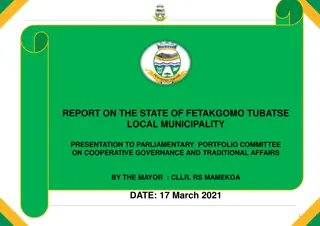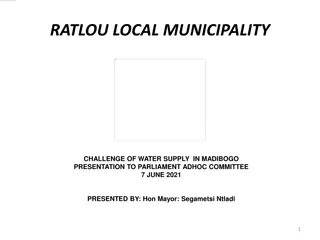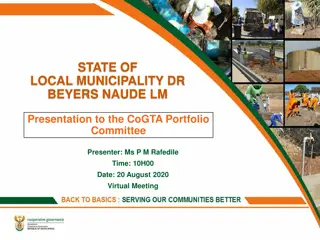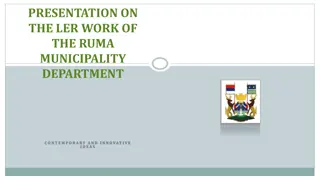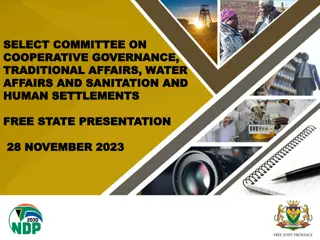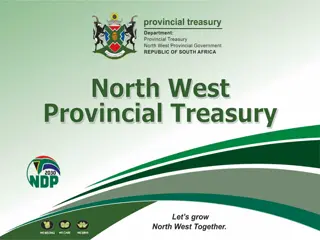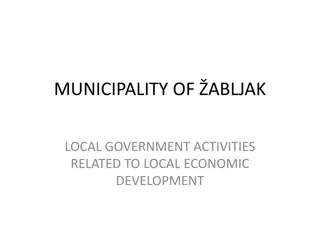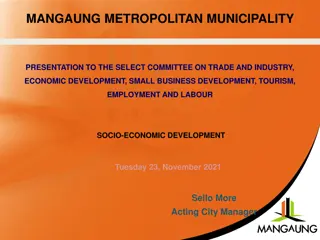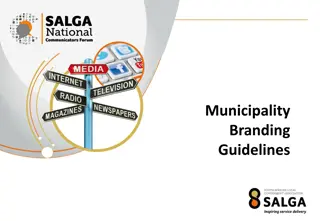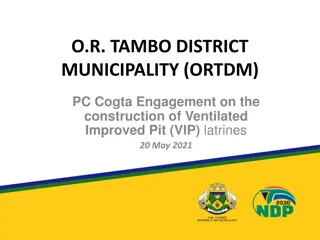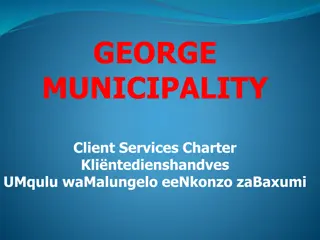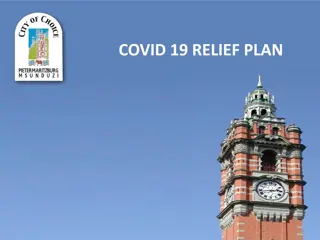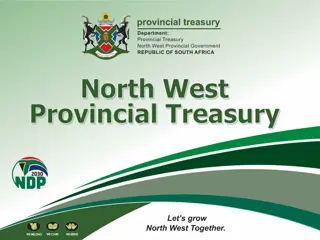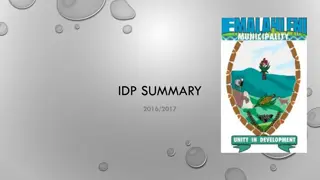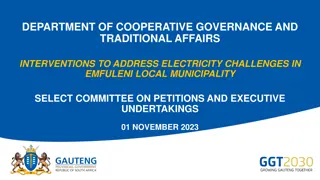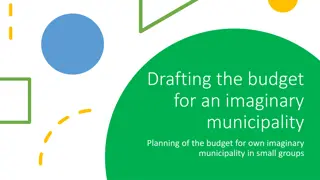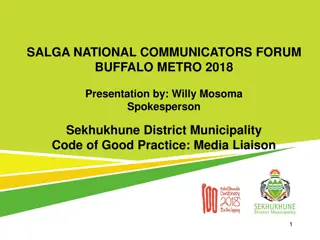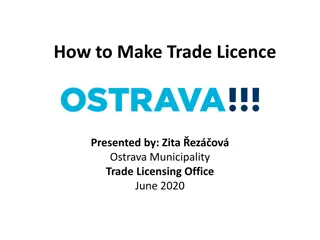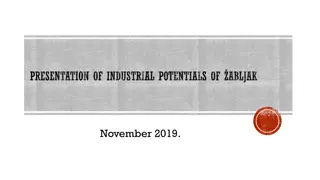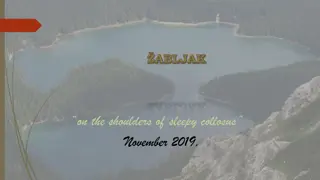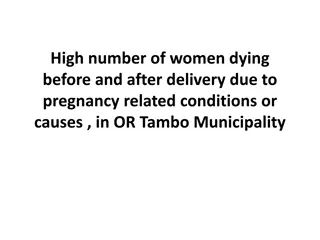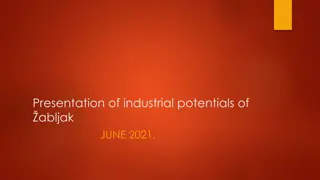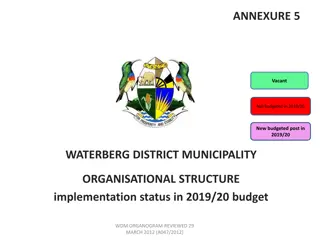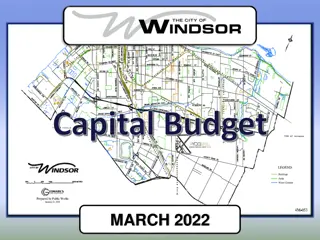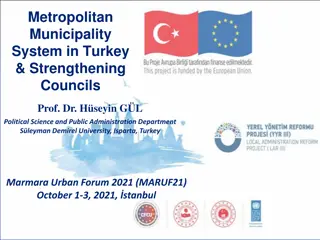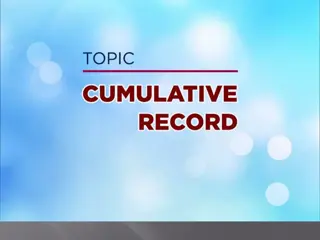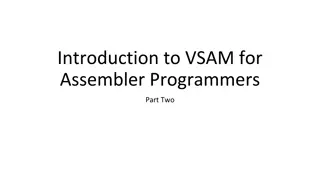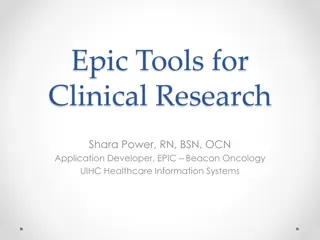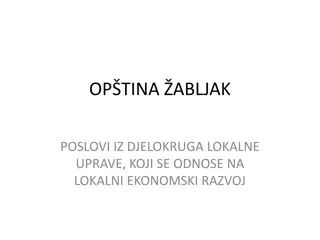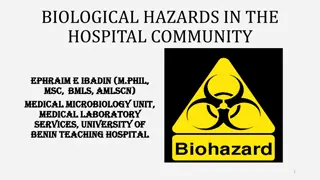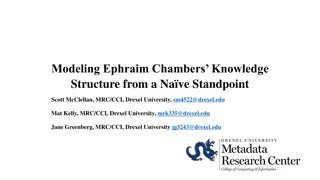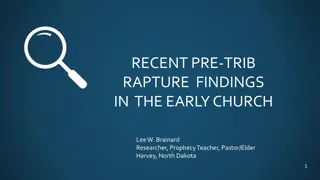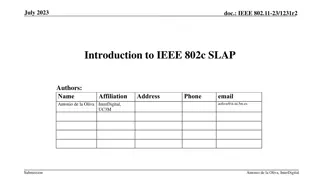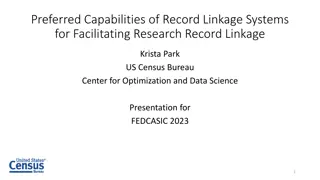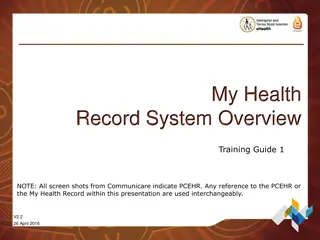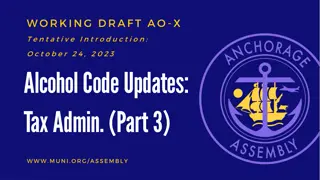Record Management Presentation at Ephraim Mogale Local Municipality
Presentation on record management at Ephraim Mogale Local Municipality in Limpopo, highlighting the municipality's vision, location, overview, and the importance of keeping records for historical purposes and decision-making. The presentation covers key legislative acts and regulations governing record management in the municipality.
Download Presentation

Please find below an Image/Link to download the presentation.
The content on the website is provided AS IS for your information and personal use only. It may not be sold, licensed, or shared on other websites without obtaining consent from the author. Download presentation by click this link. If you encounter any issues during the download, it is possible that the publisher has removed the file from their server.
E N D
Presentation Transcript
EPHRAIM MOGALE LOCAL MUNICIPALITY _________________________________ PRESENTATION ON RECORD MANAGEMENT LIMPOPO PROVINCIAL RECORDS MANAGEMENT WORKSHOP By Mr. Reply Mkhwanazi FRIDAY 30 June 2016 1
OUR VISION Viable and sustainable municipality that provides quality service and enhance economic growth 2
LOCATION : LIMPOPO PROVINCE Due to the size of the presentation, all pictures has been removed in order to ensure the presentation is not that large and can be easily downloaded. 3
OVERVIEW Ephraim Mogale Local Municipality like all others came into being as a result of the Constitution of the RSA (Section 151), and got strengthened by working documents and promulgated legislations such as: - White paper on Local Gov. which determined the foundation and structure of the institution. 4
OVERVIEW - Structures Act 117 / 1998 which forms its backbone (structure). - Systems Act 32 / 2000 which arranges its daily operations. - PAIA Act 2 / 2000 - which regulate the request for information. - MFMA Act 56 / 2003 which regulates funding for the established structure and its daily operations. 5
OVERVIEW Cont - National Archive Act 43 / 1996 which regulate how to keep and manage records - National Archives & Records Services of South Africa Regulations; - The PAJA Act 3 / 2000 which guide the purpose of administration. - Electronic Communications and Transactions Act, 25 / 2002, - which guide the handling of electronic communications. 6
OVERVIEW Cont - Limpopo Archive Act No. 5 / 2001. - Other related pieces of legislations, Regulations, Circulars and AG Findings. 7
WHY DO WE KEEP RECORDS? To provide historical record of the institutions operations and activities to facilitate sound decision-making. To provide evidence of business transactions and decisions, for the purposes of accountability. Minimize or eliminate risks of poor decision- making arising from gaps in information and background. 8
OVERVIEW It is important to note that the spirit of the various promulgated legislation and related approved documents is to promote proper record keeping and management, which get easily defeated by the following methods of keeping records: 9
CIRCUMSTANCES UNDER WHICH RECORD SHOULD NOT BE KEPT This method allows keeping (storing) records and not managing them, and devalues their importance. Another method that allows keeping of records and not managing them, and devalues their importance. Records are kept but their management is impossible, and devalues their importance. One of the many methods that contribute to devaluing records. 10
IMPLEMENTATION GUIDE The National Archive Act 67/1996 and the related manuals give guidance on how to correct the mess we have just seen, and enhance the importance of records as a resource. Giving effect to the correct methods of keeping records generated by officials as they execute their PAJA responsibilities on daily basis. 11
IMPLEMENTATION GUIDE Cont The Municipality acknowledges that the generated records may be needed for present and future administrative reasons, but most importantly for ANNUAL AUDIT PROCESS as a tool that strengthen principles of good corporate governance as contained in King III report which are Accountability, Transparency, Fairness, and Integrity. 12
LOCATION OF RECORD MANAGEMENT UNIT AND ITS STAFF COMPLEMENT The Unit is located in Corporate Services. Forms part of Admin. & ICT Division. The unit report to Manager Admin. & ICT Services. Unit currently consist of 3 dedicated officials: - Chief Admin. Officer: Records. - Principal Clerk: Records (vacant). - Records Clerk. - Registry Clerk. 13
IMPLEMENTATION GUIDE Cont - The Municipality then developed a process by the National Archive Act 43 of 1996 which regulate how to keep and manage records and the National Archives and Records Service of South Africa Regulations; 14
THE PROCESSES A file plan was developed, noted by the Council and approved by the Provincial Archives. Migrated from the old file plan to the new approved file plan from the 1st October 2012. Policies and procedures were developed and approved by the Council. Out of the policies and procedures we developed a workflow chart, as follows: 15
THE PROCESS We invested in creating an environment that at least meet the minimum standards for good record management. - Procured bulk filing cabinets. - Copier machine, enabled with Fax, Scanning and Printing. - Franking machine. - Electronic document management system. - Staff training (records and other dept.) 16
THE PROCESS Cont - Developed policies and procedures. - Related registers. Invested in modifying the office to at least meet the minimum requirement over a period of time. 17
ESTIMATED COST OF INVESTMENT Staff training : R107 745.00 (31 officials) Bulk filing systems : R260 320.00. Fire detectors & suppressors plus Access control devises : R522 270.38. Document management system: R244 920.00 pa. 18
RECORD MANAGEMENT PROCESSES Section 13 of the National Archives and Records Service of South Africa Act, 1996 requires Ephraim Mogale Local Municipality to manage records in a well structured system, and to put the necessary policies and procedures in place to ensure that record management practices requirements of the Act. keeping comply and records with the The importance of information as a resource that support good management and good governance cannot be over emphasized. 19
RECORD MANAGEMENT PROCESSES Cont All correspondence/records are received, processed, scanned, electronically distributed to various departments for action and preserved for future retrieval by the Record office. Correspondence received by records office is recorded in the incoming mail register. An official acknowledgement red stamp is affixed on the correspondence. 20
RECORD MANAGEMENT PROCESSES Cont Scanned, allocated a number, and placed in the relevant file. Distributed to the relevant department via the electronic document system to the head of department, for implementation. Files are only booked for access to an original document, and the history on the matter at hand when necessary. Booked files get collected from departments after three (03) days if not returned. 21
RECORD MANAGEMENT PROCESSES Cont Correspondence received directly by various departments are submitted daily to Records office for processing. Filing is done according to date order which means the most recent correspondence will be on top in the file. The scanned records get stored in a dedicated local server, which is linked to an offside backup centre. 22
RECORD MANAGEMENT PROCESSES Cont Work related e-mails are filed manually through the document management system. - An email classification window appears on closing the email with a window asking if Do you want to classify the mail YES NO Audit of files is done during the month of May and August every year to determine adherence to sequence and possible missing files. 23
RECORD MANAGEMENT PROCESSES Cont Continuous monitoring and coaching is necessary to avoid filing being turned into piling and also to enhance good practices: 24
End Ngiyabonga THANK YOU! 25
